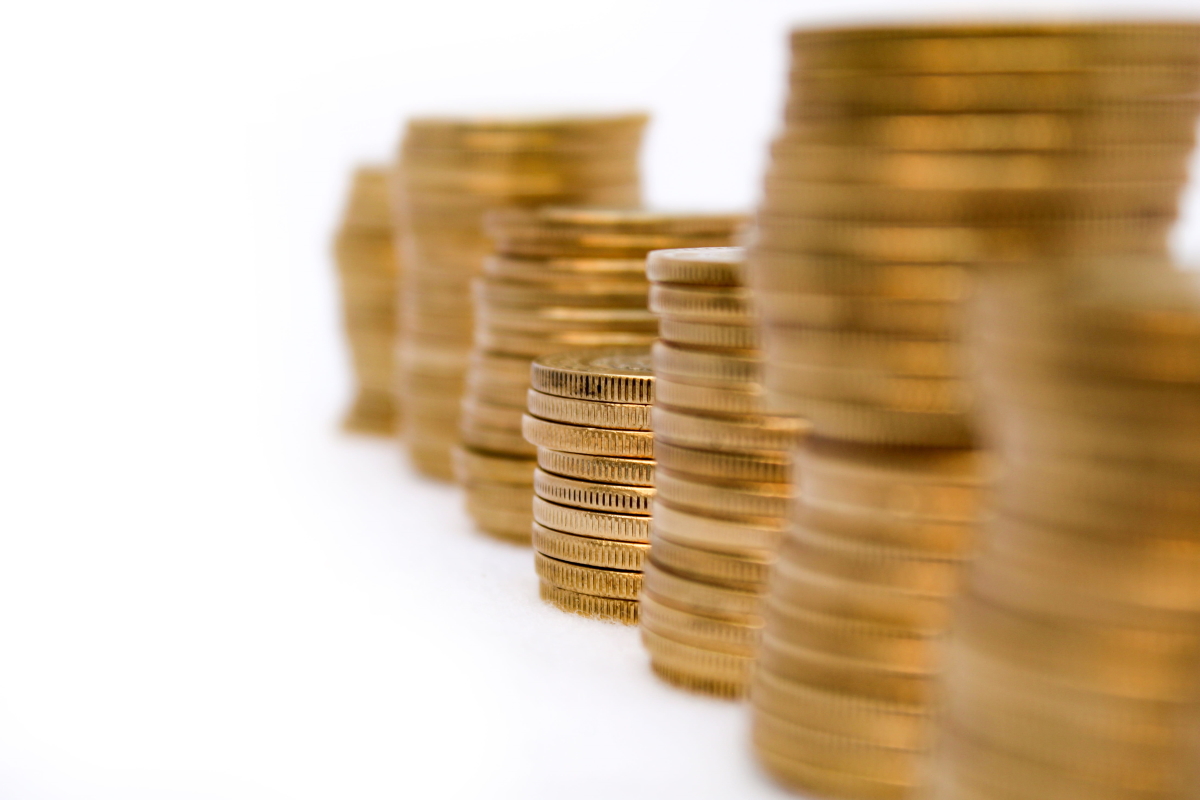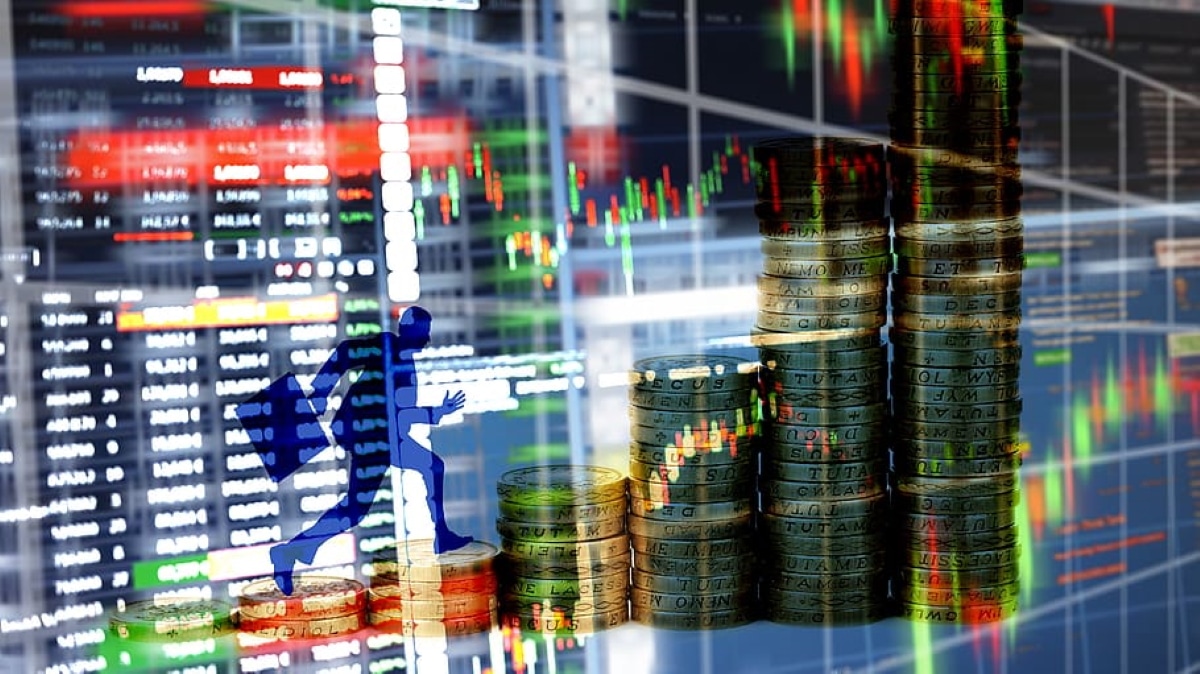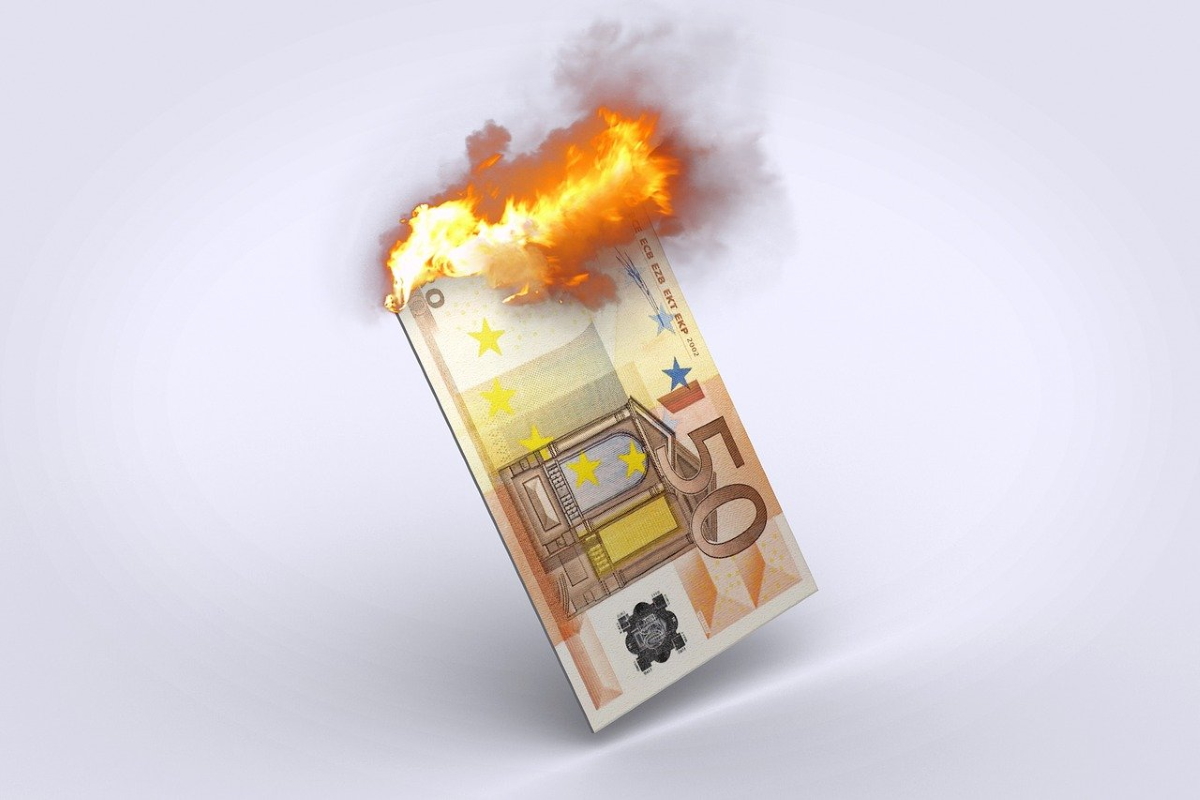
The most direct definition of what it is about when we talk about purchasing power is the relationship between capacity and purchase quantity that an individual can do with a certain amount of money. Today, the concept of purchasing power takes on special relevance. The main reason is the general increase in prices, which is usually related to consumer price indices, the CPI, or inflation.
Something interesting is that understanding what purchasing power is and how it works, we can take steps to increase it. Obviously, since it is related, a better salary helps to have a greater purchasing power. But it is not essential. Really, and with effort, like everything, anyone can take steps to increase and improve their situation in this regard. To do this, we are going to dedicate this article to a better understanding of purchasing power to help you make decisions that you and thus be able to increase it.
What is purchasing power?
Purchasing power is determined by the amount of goods and services that can be purchased for a given sum of money. This is having expressed the price of each of them. This concept is directly intertwined with the value of a coin. Thus, over time, prices tend to fluctuate, usually upward, making products more expensive. This phenomenon is possible due to the gradual devaluation of the currency.
As measured?
To be able to track how it affects the cost of living, the consumer price index is taken into account. This index is a weighting that encompasses a set of prices on goods and services that consumers usually purchase on a regular basis. In this way, the weighting that is carried out can be compared with one taken previously and can determine the increase or decrease in prices. Thanks to this scale, the purchasing power of consumers can be determined.
Examples of purchasing power
There can be two scenarios in which purchasing power can change over time. In one of them it is that it decreases, which is the most probable, or that it increases, which sometimes happens.
- Decreases. It can be due to two factors. Yet rising prices of products, a devaluation of the currency, or both. To better understand how both things affect, let's imagine the following situation. Let's imagine that a person with a salary of 1.200 euros a month wants to buy products from a department store. All that amount cost 600 euros. Finally, after a few months those same products cost 800 euros, but nevertheless his salary has not changed and remains at 1.200 euros. What has happened is that he has had a loss of his purchasing power, and also considerable. In the first case, he had the right amount of money left over to buy all the products again. In the second case, you would have enough to buy just 50%.

- Increase. Contrary to the previous case, the increase in purchasing power may be due to a product cheaper or a revaluation of the currency. The fact that products can cost more or less, beyond the value of money, is usually due to supply and demand. A greater demand will cause an increase in prices, and a greater supply will make them cheaper. Thus, in this scenario, the person who with a salary of 1.200 euros spent 600 euros, could find that in a few months the same products cost 400 euros.
Ways and ways to increase purchasing power
In order to increase or conserve purchasing power, which is also important, it is through acquisition and investment. The investment can be both in businesses that are resistant to price changes, stocks, speculation with raw materials, bonds, etc. The acquisition can be both in real estate or objects whose tend to appreciate over time or retain its value.
Suppose that inflation tends to rise an average of 2%. If we kept money in the form of savings in the bank without making any use of it, we would see a loss of purchasing power equal to the increase in the CPI. On the contrary, if real estate tended to rise in price equal to the CPI, for example, we would not see purchasing power diminish. For this reason, it is important to conserve purchasing power, or in this case, savings derived from wages.
However, it is not always easy or accessible for everyone to access real estate, and for this we can access other products, which are not equally safe and risk-free, such as the stock market. We can access inflation-linked bonds, known as TIPS, or stocks. Many companies can reduce their profits if their consumers suffer a loss of purchasing power. It is often said that stocks are resistant to inflation for example, and it is not true, at least not all or in the short term. However, some consumer staples such as food can better navigate these scenarios. Basically because people won't stop eating.
Example of how to conserve or increase purchasing power
Today we are living a inflationary economic environment due to the energy crisis. The lack of gas supplies and the generalized increase in raw materials prices is driving up consumer prices. Not only the population notices its effects, several companies have stopped their production and others are seen or will be forced to increase the price of their products. An example, that of food. A strategy to be able to preserve purchasing power today would be to analyze companies dedicated to food consumption. As we have said before, they are usually quite resistant to crisis, in a way because people are not going to stop using.

Conclusions
The increase or decrease in purchasing power is normal and recurring. As long as it is not excessive and can be controlled, there are ways not to lose it. Looking for a better salary, a better job, investing, or buying, can help preserve that purchasing power that is intended to save in the form of savings.
I hope you have been able to find an answer to the doubts you might have about purchasing power. And remember, every decision must be analyzed and according to your personal situation. No examples or opinions (including those on this blog) should be taken as recommendations. The future is uncertain, and situations may be different or change.



David Carr addresses this issue when discussing wages. Meanwhile, they make up a large part of the aggregate demand. Without good wages there is no sustainable demand. And without demand appear the recession.
But Carr does not follow Keynes's consumerist line because he aims primarily at the productive sector. Where wage growth is also a growing demand, given an elastic productive response.
That would be adding the psychological factor - heart or heart - of Thalers to the polynomial Consumption + savings + taxes + trade balance. Furthermore, if savings are treasured, there are no productive investments.